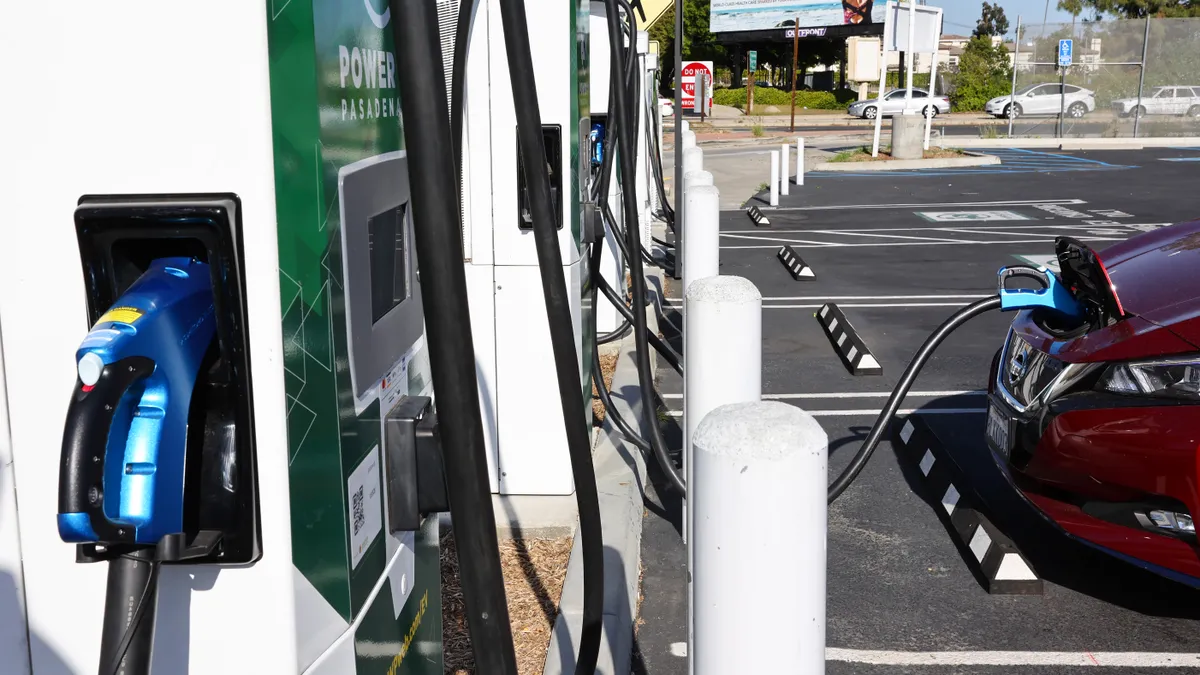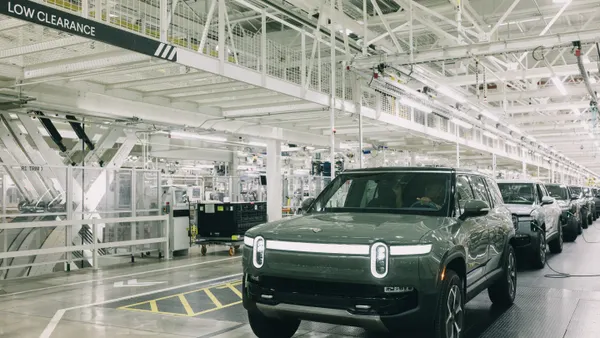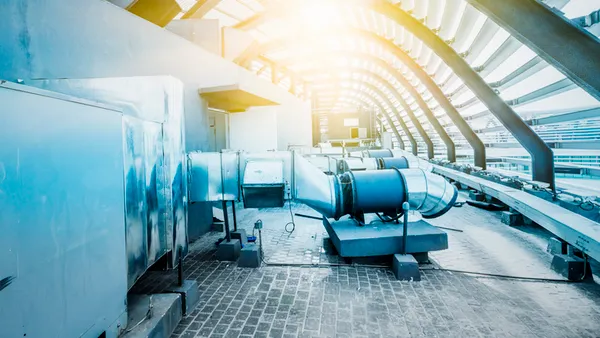Most U.S. states lag California by about five years in their proportion of electric vehicle sales, according to sales data from 2018 to 2022, said a panel of automotive industry experts from PricewaterhouseCoopers, a global accounting firm. The panel spoke Thursday on a webinar hosted by the Center for Automotive Research.
In 2022, EVs were nearly 16% of new light-duty vehicle sales in California, according to data PwC provided. In the 12 other states that have adopted the California zero-emission vehicle standard, EV sales exceeded 9%, but in the remaining states, the adoption rate was just 3.38%.
Akshay Singh, industrial and automotive industries principal at PwC United States, explained that California has high fuel costs, which influences the total cost of ownership for an EV compared to a gasoline-powered vehicle. The state also provides incentives for EVs and has a robust electric vehicle charging network.
Last year, California enacted regulations to ban the sale of new light-duty vehicles with internal combustion engines by the 2035 model year.
PwC expects U.S. EV sales to increase to at least 14% of new vehicle sales in 2025, from more than 6% last year, and reach a 35% share of sales in 2030. However, if fast-charging infrastructure rolls out slowly, battery costs increase and automakers fail to introduce the new EV models they’ve announced, electric vehicle adoption could be below 25% by 2030, it said. In the best case, battery prices continue to fall, and EV infrastructure investments grow strongly over the next two years, leading to a 45% adoption rate by 2030.
Auto manufacturers plan to launch more than 190 new battery-electric and fuel-cell vehicles, according to Singh. “The sheer amount of model launches that are going to happen over the next 10 years is staggering,” said Paul Carrannanto, a principal with PwC US who leads the automotive and industrial strategy team in the U.S. Numerous automakers and suppliers have announced plans to build or expand factories for electric vehicles or battery production in the U.S.
The panelists noted the impact of the 2021 infrastructure law, the Inflation Reduction Act and the CHIPS and Science Act on spurring investment in EV charging and manufacturing but said even more investment is needed for EV infrastructure. Singh explained that charging station operators struggle to make a profit when the utilization of charging stations is below 20% and that the utilization rate today is about 5%.
Carrannanto said that he views the middle of this decade as the inflection point when consumers will see EVs as the better all-around choice. That will come with greater model availability, more affordable vehicles and widely accessible charging infrastructure. But Eric Shapiro, a director at PwC US, said he was “more concerned" with the energy grid infrastructure. Concerns about its reliability and availability could postpone wider consumer acceptance until at least 2030, he said.















